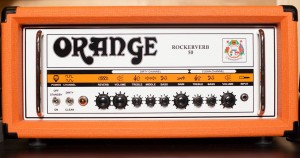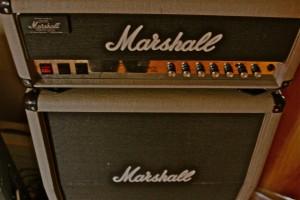Recording vocals is no easy task, and since vocals are one of the most important components of any track, it is important that it is done right. One of the biggest advantages of availing the services of a recording studio is that they have the right equipment and enough expertise to ensure that the vocals are recorded optimally. Here are some of the best practices for recording vocals.
Choosing the right microphone
You will generally have three types of microphones to choose from as a vocalist. The large diaphragm condenser microphone is a popular choice since it is able to capture the loudest and softest sounds with unparalleled clarity. Alternatively, you can pick a dynamic microphone, which is ideal for loud singers who their voice to create an impact. The third option is a ribbon microphone, which are great for bright or harsh sounding voices that are in need of slight mellowing.
Getting the visual sightlines perfect
Although this is not entirely necessary, it is useful to maintain eye contact with the control room while you are singing. Since the professionals in the control room are going to be watching you, you might as well seek reassurance and emotional feedback from them while you, as the artist, are recording your vocals.
Finding the ideal position for the microphone
It doesn’t matter how good a microphone you have to record your vocals with – it must be positioned properly. This is where professional recording studio technicians can come in handy, since they generally know the distances and angles that work. Trial and error is normally needed though, since no two singers get the best results at exactly the same distances and angles.
Wearing headphones
The importance of wearing good-quality headphones while recording vocals is often understated. Artists should ensure that both their ears are covered with phone cushions so that spill is eliminated altogether. It is equally necessary that the headphones are hooked onto a powerful amp and that they fit perfectly.
At the Record Shop, we make sure that vocalists are briefed about and guided through the best practices for recording vocals. What do you think is the most important thing a singer should keep in mind while in the recording studio? Let us know in the comments section!























